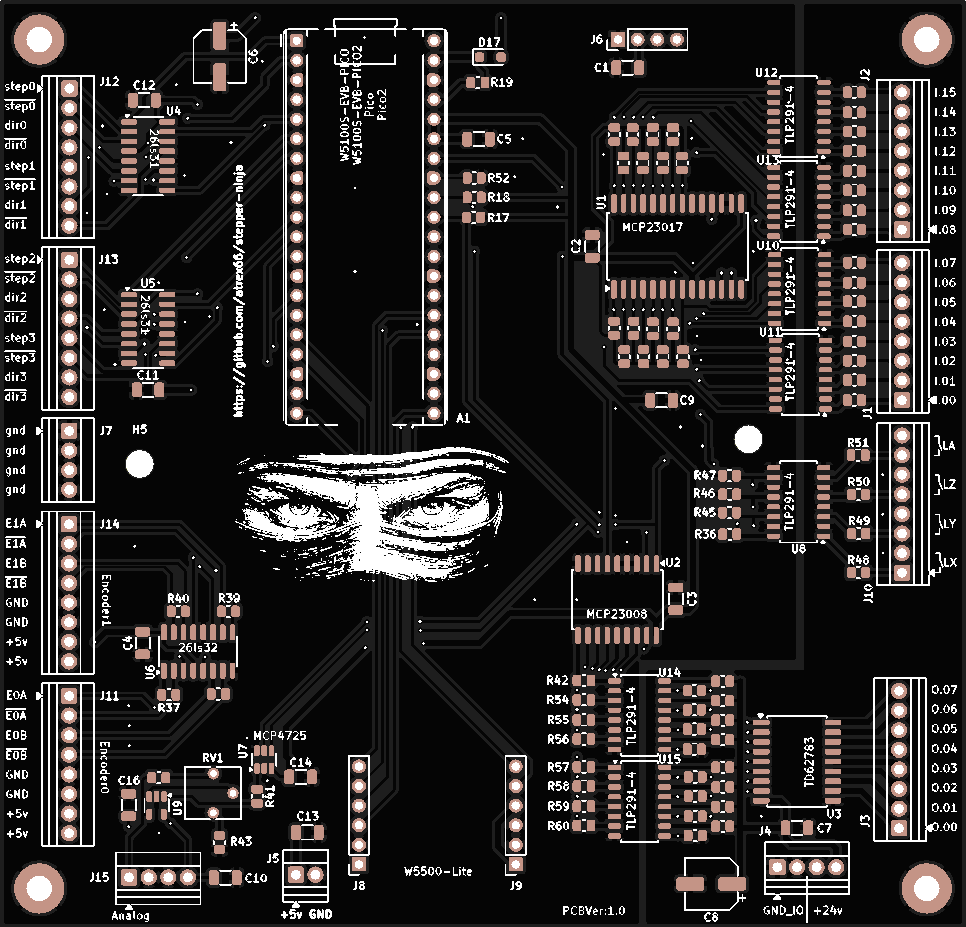Search Results (Searched for: )
- spumco
- spumco
03 Jun 2025 01:11
Replied by spumco on topic GUI that somewhat resembles haas or fanuc workflow.
GUI that somewhat resembles haas or fanuc workflow.
Category: General LinuxCNC Questions
- langdons
- langdons
03 Jun 2025 00:47
Replied by langdons on topic EasyProbe + PGFUN 3D probe
EasyProbe + PGFUN 3D probe
Category: General LinuxCNC Questions
- langdons
- langdons
03 Jun 2025 00:44
Replied by langdons on topic Position: relative expected
Position: relative expected
Category: General LinuxCNC Questions
- langdons
- langdons
03 Jun 2025 00:43
Replied by langdons on topic GUI that somewhat resembles haas or fanuc workflow.
GUI that somewhat resembles haas or fanuc workflow.
Category: General LinuxCNC Questions
- langdons
- langdons
03 Jun 2025 00:35 - 03 Jun 2025 00:35
Replied by langdons on topic GUI that somewhat resembles haas or fanuc workflow.
GUI that somewhat resembles haas or fanuc workflow.
Category: General LinuxCNC Questions
- tommylight

02 Jun 2025 23:25
Replied by tommylight on topic Toyota embroidery machine - retrofit
Toyota embroidery machine - retrofit
Category: CNC Machines
- atrex77

02 Jun 2025 23:18
Replied by atrex77 on topic W5100S-EVB-PICO stepgenerator and encoder driver
W5100S-EVB-PICO stepgenerator and encoder driver
Category: Driver Boards
- PCW

02 Jun 2025 22:29
Replied by PCW on topic Toyota embroidery machine - retrofit
Toyota embroidery machine - retrofit
Category: CNC Machines
- spumco
- spumco
02 Jun 2025 22:23
Replied by spumco on topic GUI that somewhat resembles haas or fanuc workflow.
GUI that somewhat resembles haas or fanuc workflow.
Category: General LinuxCNC Questions
- greg23_78
- greg23_78
02 Jun 2025 22:07 - 02 Jun 2025 22:09
Toyota embroidery machine - retrofit was created by greg23_78
Toyota embroidery machine - retrofit
Category: CNC Machines
- richcolvin

02 Jun 2025 22:04
Getting Started with GladeVCP was created by richcolvin
Getting Started with GladeVCP
Category: AXIS
- PCW

02 Jun 2025 21:38
Replied by PCW on topic Mesa card issues Maho MH800E Retrofit Project
Mesa card issues Maho MH800E Retrofit Project
Category: Computers and Hardware
- Cooped-Up
- Cooped-Up
02 Jun 2025 20:51
Replied by Cooped-Up on topic Mesa card issues Maho MH800E Retrofit Project
Mesa card issues Maho MH800E Retrofit Project
Category: Computers and Hardware
- theoneandonlyoreo
- theoneandonlyoreo
02 Jun 2025 20:30 - 03 Jun 2025 21:51
Replied by theoneandonlyoreo on topic EasyProbe + PGFUN 3D probe
EasyProbe + PGFUN 3D probe
Category: General LinuxCNC Questions
- PCW

02 Jun 2025 20:24
Time to create page: 0.321 seconds






